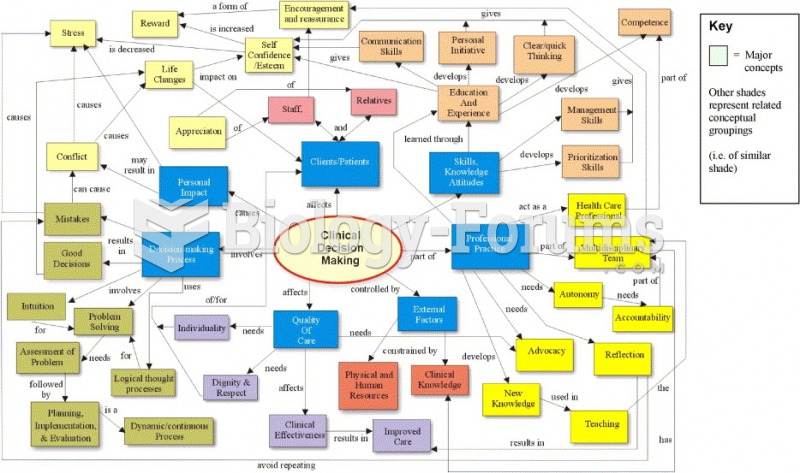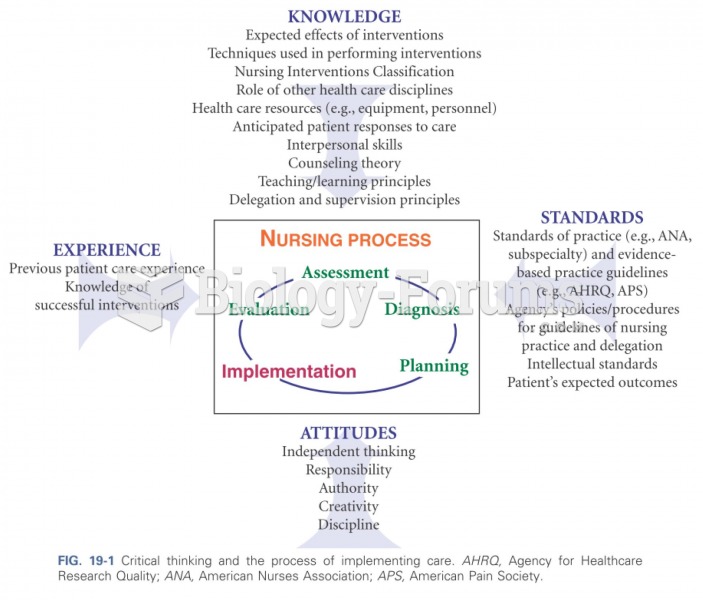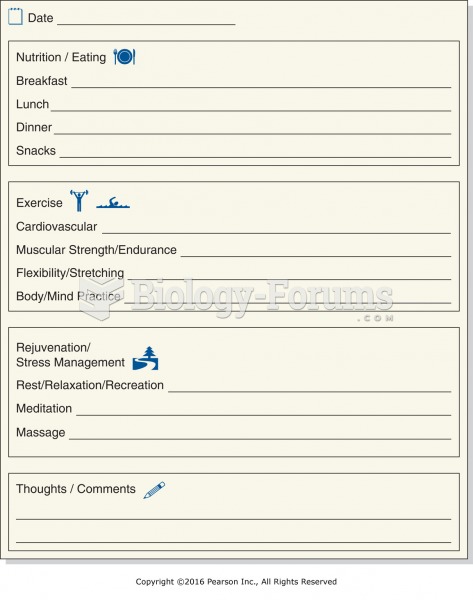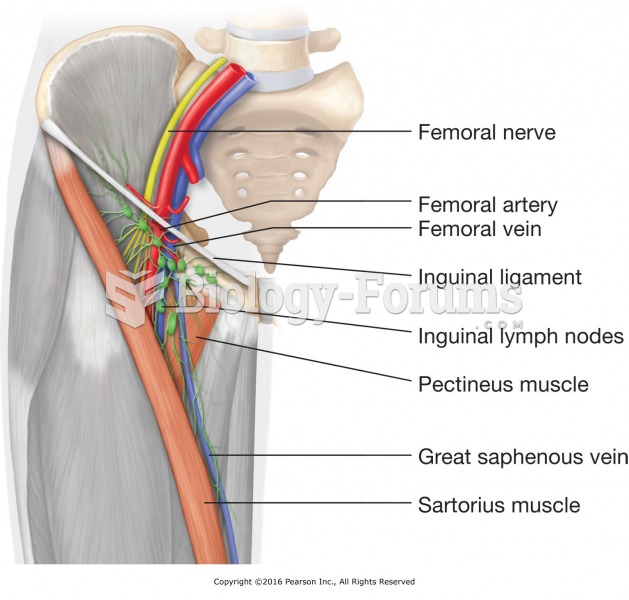Answer to Question 1
2,3,4
Rationale 1: A nurse who believes that patients who have the same illness are alike is not seeing their psychosocial needs.
Rationale 2: Helping the patient cope and navigate through the hospital culture is a culturally sensitive action.
Rationale 3: Cultural sensitivity takes environment into consideration.
Rationale 4: Helping the patient cope and navigate through potential blockers to medication adherence is a culturally sensitive action.
Rationale 5: Imposing one's own religious beliefs on others is not culturally sensitive.
Global Rationale: Helping the patient cope and navigate through the hospital culture is a culturally sensitive action. Cultural sensitivity takes environment into consideration. Helping the patient cope and navigate through potential blockers to medication adherence is a culturally sensitive action. A nurse who believes that patients who have the same illness are alike is not seeing their psychosocial needs. Imposing one's own religious beliefs on others is not culturally sensitive.
Answer to Question 2
2
Rationale 1: Depression in this patient is possible, but depressed patients do not always have red eyes and do not commonly use eye drops.
Rationale 2: Chronic use of marijuana is associated with a lack of motivation in achieving or pursuing life goals. One hallmark symptom of marijuana use is red or bloodshot eyes, caused by dilation of blood vessels. It is important for the parent to discuss this with the adolescent.
Rationale 3: Red or bloodshot eyes are not commonly seen with cocaine abuse but are always seen with marijuana use.
Rationale 4: Having the adolescent's eyes checked may indicate that the mother is in denial and that the nurse needs to be more alert to the signs and symptoms of drug abuse.
Global Rationale: Chronic use of marijuana is associated with a lack of motivation in achieving or pursuing life goals. One hallmark symptom of marijuana use is red or bloodshot eyes, caused by dilation of blood vessels. Visine constricts the blood vessels of the eyes, reducing the redness. It is important for the parent to discuss this with the adolescent. Having the adolescent's eyes checked may indicate that the mother is in denial and that the nurse needs to be more alert to the signs and symptoms of drug abuse. Depression in this patient is possible, but depressed patients do not always have red eyes and do not commonly use eye drops. Red or bloodshot eyes are not commonly seen with cocaine abuse but are always seen with marijuana use.







